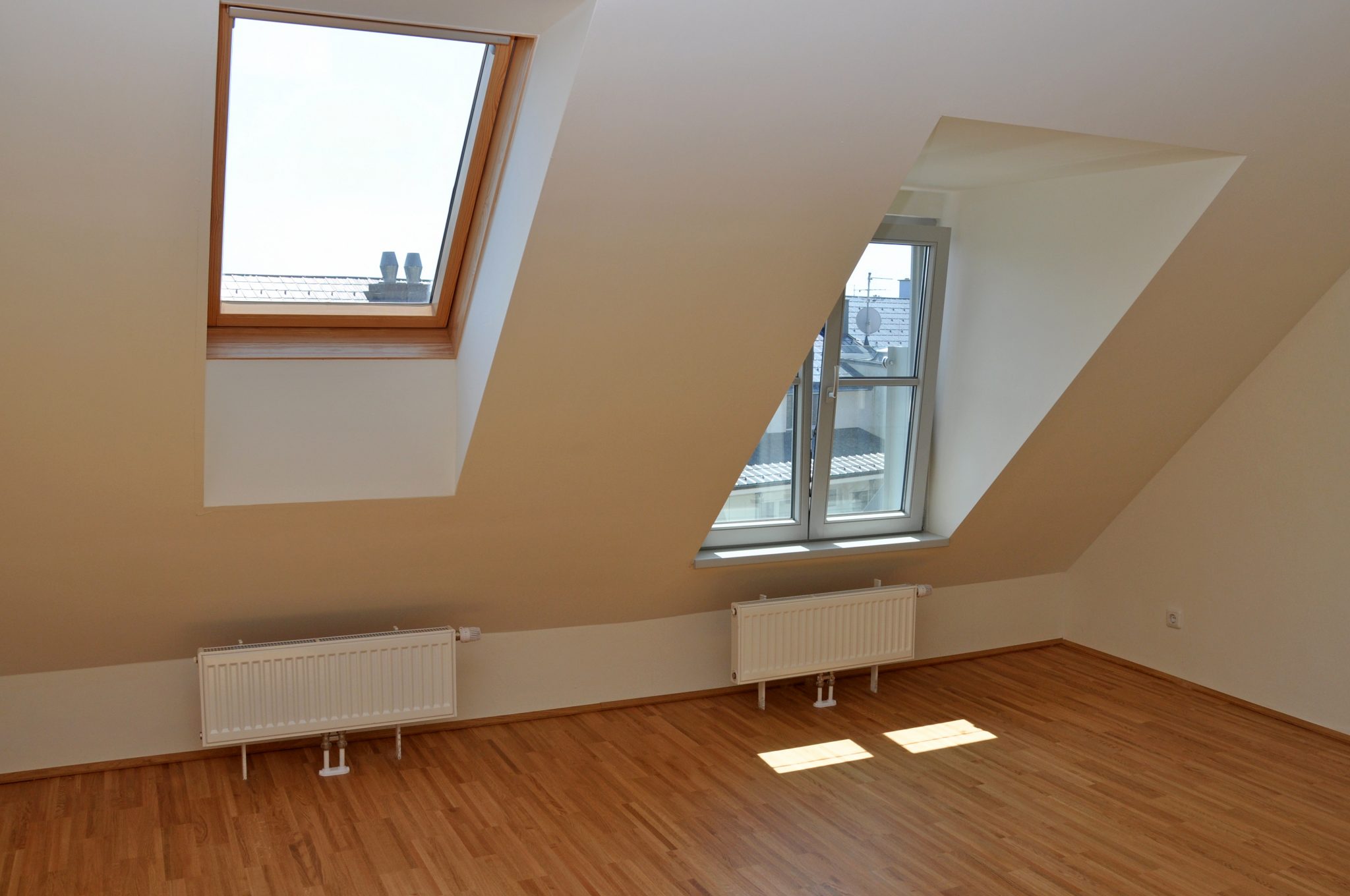Reducing heat loss in your home is incredibly important, and this is the main reason people look to invest in eco-friendly windows. Up to one-third of your home’s energy bill can be used combating heat loss through your windows.
Energy-efficient windows help retain heat in your house and also bring light into your living spaces. The right eco-friendly windows will help you reduce your energy bills and stay cosy and warm throughout the winter months.
However, there are many options in front of you when you start looking at insulated windows. There are double glazing and triple glazing (two or three glass panels in a sealed unit). There is also the material used for the frames to consider, and this also affects the efficiency of the window unit. Frame materials such as uPVC, wood, and metal have different insulating properties, so this is something you will want to learn about.
Energy Saving
The most eco-friendly windows use low-E glass. This glass has a thin coating of metal oxide on one internal surface of the glass. This coating reflects heat back into your room while also allowing light in from the outside.
Double glazed windows have a single 16mm gap between the panes. Triple glazing improves on this with two gaps boosting efficiency. The gap between the panes can be filled with air or a gas such as argon, krypton, or xenon. These gases have better insulating properties than air.
uPVC frames require no maintenance and can be recycled up to ten times. Aluminium or steel frames are slim, recyclable, and long-lasting but conduct heat out of your home. Wooden frames require maintenance but may have a lower impact on the environment and are used in conservation areas to replace original frames. Composite frames have a core of timber covered with a finish of aluminium or plastic, keeping the frames weatherproof.
Upgrading your home from single to double glazing in a detached house could save you up to £120-£130 per year.
The British Fenestration Rating Council (BFRC) has made it easy for you to recognise eco-friendly windows’ performance. They have an energy rating sticker with a scale of A++ (best) to E (worst). This rating combines frame and glass performance and considers various factors such as solar gain, heat loss, and draughts.
An eco-home should consider a C rating as the minimum acceptable grade of energy-saving windows. U-values indicate how easily heat can travel through a material, but for homeowners, the BFRC rating gives you the information you need to know.
Benefits
Eco-friendly windows will help you lower your carbon footprint and enjoy a home that feels more comfortable. You will no longer experience cold spots or drafts, and double and triple glazing reduces noise pollution. Upgrading your windows will also add value to your property.
If you are interested in making your windows more energy-saving, contact a member of the team today.

